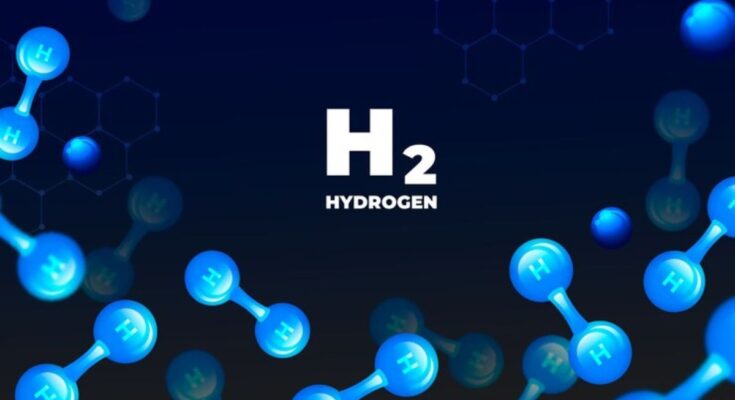The given chemical notation HCOOCH₃ + CH₂ + H₂O appears to represent a combination of compounds, namely:
- Methyl formate (HCOOCH₃) – an ester derived from formic acid.
- Methene (CH₂) – a reactive form of carbon that is part of many organic reactions.
- Water (H₂O) – a universal solvent involved in numerous chemical reactions.
In this article, we will explore the individual components, their properties, potential reactions, and their practical applications in chemistry and industry.
1. Understanding the Chemical Components
1.1 Methyl Formate (hcooch ch2 h2o)
Methyl formate, also known as methyl methanoate, is the simplest ester of methanol and formic acid. It is a colorless liquid with a pleasant odor, commonly used in industrial applications.
Physical and Chemical Properties:
- Molecular Formula: HCOOCH₃
- Molar Mass: 60.05 g/mol
- Boiling Point: 31.5°C
- Density: 0.97 g/cm³
- Solubility: Slightly soluble in water but highly soluble in organic solvents.
Uses of Methyl Formate:
- Solvent in Chemical Reactions: Used in organic synthesis.
- Intermediate for Manufacturing Formamide and Methylamines: Key compounds in pharmaceuticals.
- Blowing Agent in Polyurethane Foam Production: Methyl formate is used as an environmentally friendly alternative to hydrofluorocarbons (HFCs).
1.2 Methene (CH₂)
Methene (CH₂) is not a stable standalone compound but is often referenced in organic chemistry as a part of reactive intermediates such as carbenes.
Carbenes (CH₂):
- Highly reactive chemical species with a divalent carbon.
- Exists in two states: Singlet and Triplet.
- Used in various organic synthesis reactions, including cyclopropanation and insertion reactions.
Since methene does not exist freely under normal conditions, it is typically generated in situ (within the reaction) and used immediately.
1.3 Water (H₂O)
Water is one of the most fundamental substances in chemistry and plays a crucial role in hydrolysis, hydration, and dissolution reactions.
Significance of Water in Reactions:
- Acts as a solvent in many chemical and biological reactions.
- Participates in hydrolysis reactions, breaking down complex molecules.
- Plays a key role in acid-base reactions and buffer solutions.
2. Possible Reactions Involving HCOOCH₃, CH₂, and H₂O
2.1 Hydrolysis of Methyl Formate (HCOOCH₃) in the Presence of Water
Methyl formate can undergo hydrolysis in the presence of an acid (H⁺) or a base (OH⁻), breaking down into methanol (CH₃OH) and formic acid (HCOOH).
Reaction:HCOOCH3+H2O→HCOOH+CH3OHHCOOCH₃ + H₂O → HCOOH + CH₃OHHCOOCH3+H2O→HCOOH+CH3OH
This reaction is commonly used in industrial and laboratory applications to produce formic acid, which has several commercial uses, including in the leather and textile industries.
2.2 Reaction of Methyl Formate with Carbenes (CH₂)
Since CH₂ represents a carbene, it may participate in reactions with esters like methyl formate. However, due to its high reactivity, CH₂ often forms cyclopropane derivatives or other complex organic structures when reacting with double bonds.
2.3 Hydration of Carbenes in the Presence of Water
Since carbenes are highly unstable, they may react with water to form alcohols or undergo rearrangement.
A possible reaction:CH2+H2O→CH3OHCH₂ + H₂O → CH₃OHCH2+H2O→CH3OH
This suggests that water can act as a stabilizing agent in the reaction, leading to the formation of methanol or other related compounds.
3. Industrial and Practical Applications
3.1 Production of Formic Acid and Methanol
- The hydrolysis of HCOOCH₃ is an efficient way to produce formic acid and methanol, both of which are widely used in industry.
- Methanol is a key ingredient in fuels, plastics, and pharmaceuticals.
- Formic acid is used as a preservative, antibacterial agent, and leather tanning agent.
3.2 Use of Carbenes in Organic Synthesis
- Carbenes are essential in pharmaceutical and polymer chemistry.
- They play a role in reactions such as cyclopropanation, which helps in the formation of complex molecular structures.
3.3 Role of Water in Chemical Reactions
- Water is a universal solvent that facilitates hydrolysis and catalytic reactions.
- It is used in chemical manufacturing, food processing, and medical applications.
Conclusion
The combination of HCOOCH₃ (methyl formate), CH₂ (carbene/methylene), and H₂O (water) presents interesting possibilities in organic synthesis, hydrolysis, and industrial production of key chemicals.
While methyl formate is a valuable industrial reagent, carbenes are highly reactive and essential intermediates in organic reactions, and water plays a crucial role as a solvent and reactant.
This topic provides insight into the complex interactions of organic compounds, highlighting their applications in various chemical industries.



